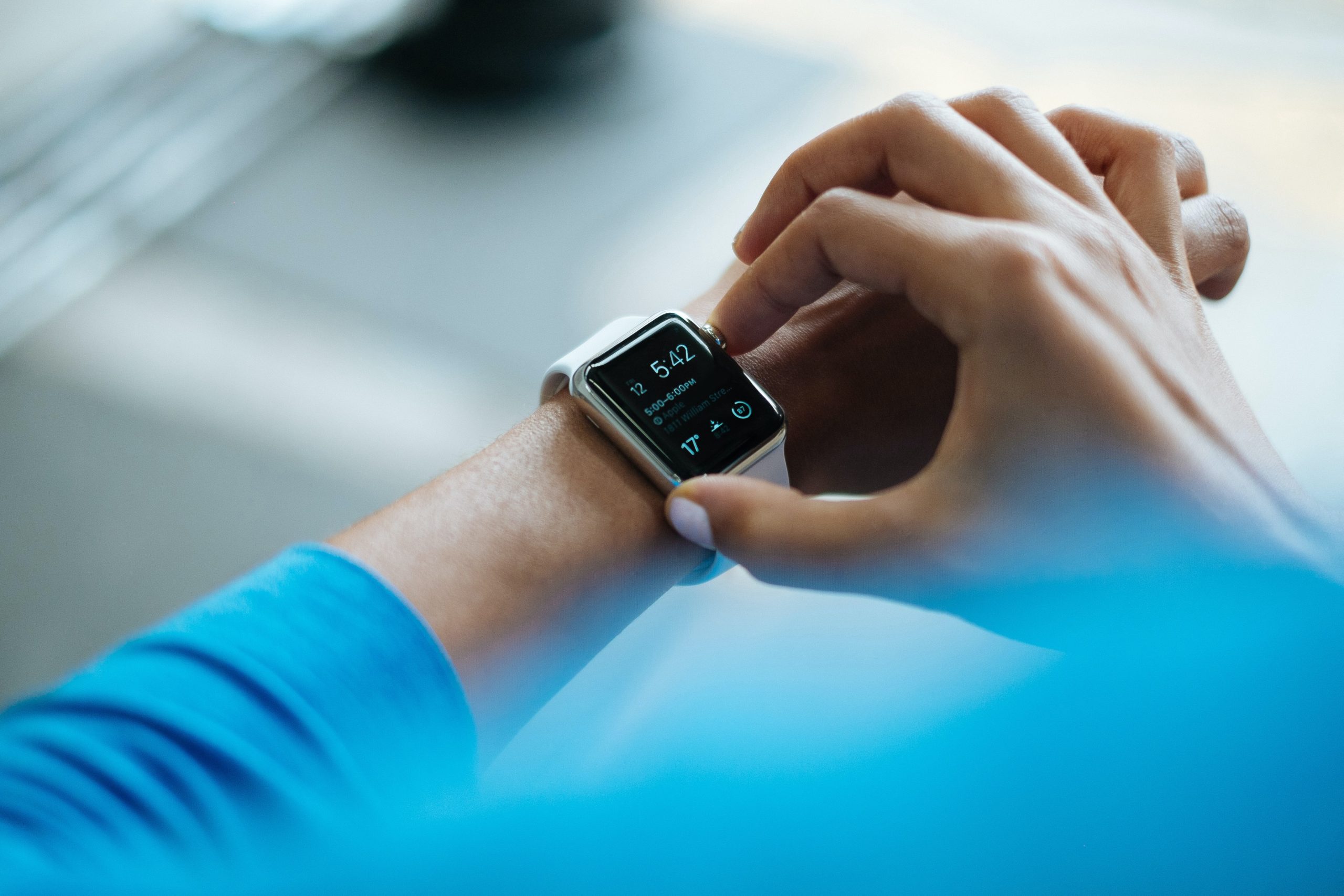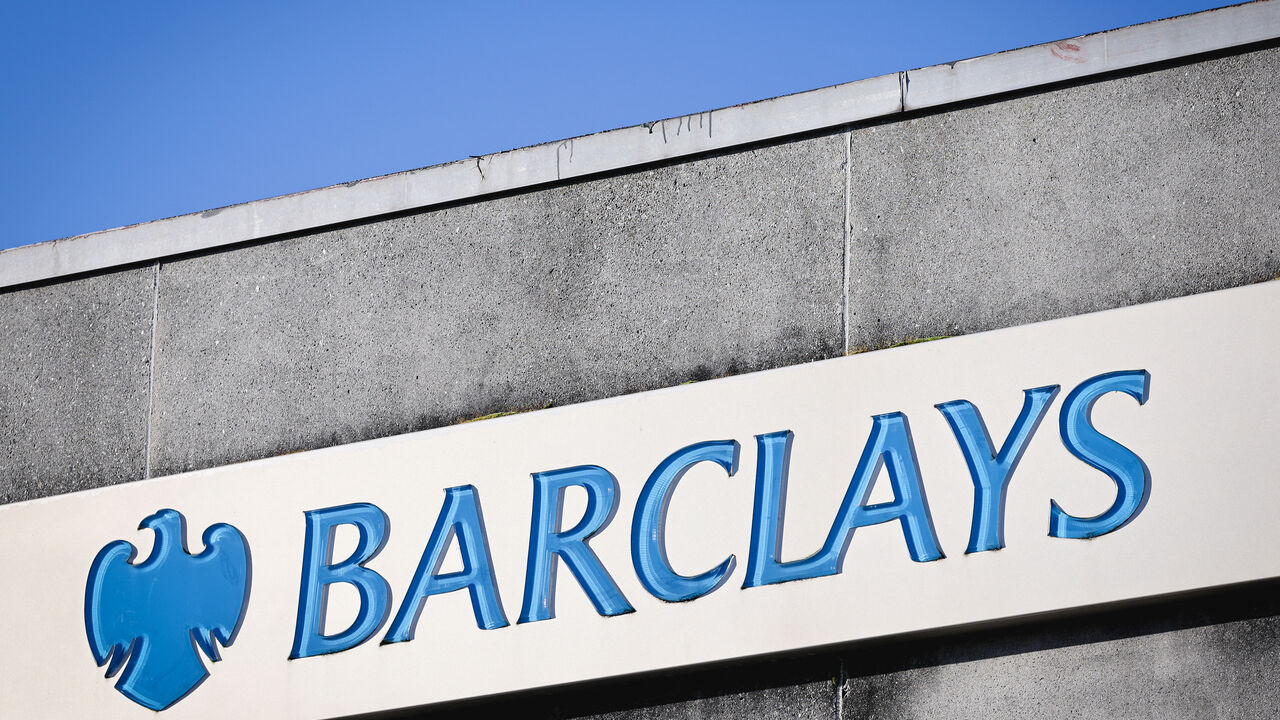The global market for wearable technology is expected to grow exponentially in the upcoming year, and this is why.
In the last few years, wearable technology has witnessed a mass spike in popularity due to its-ever advancing benefits.
From health monitoring to fitness tracking, the technology has provided its target audience with all that’s needed to a gain a sense of control over their lifestyle.
In other words, it seems to have it all.
But this just the beginning – and it is about to get even bigger and better. According to experts, an ageing global population coupled with the greater usage of the internet are likely to lead to a larger role for wearable technology in the medical and health sector.
The recent Covid-19 pandemic has expedited such growth, given the spike in at-home fitness trends and the growing focus on creating a more linked healthcare system that can provide continuous monitoring.
GlobalData estimates that the market for wearable technology will rise from $59 billion in 2020 to $156 billion in 2024, with a compound annual growth rate (CAGR) of 24.6%.
The main categories of wearables are smartwatches and hearables, which have also experienced the fastest growth. With the debut of its third-generation AirPods last year, Apple became the industry leader in the hearables category, holding a 36% market share.
Meanwhile, with their newest model, the Apple Watch Series 8, Apple watches also maintain their leadership in the smartwatch market, holding a 29% market share in Q2 2022.
While earlier generations of smartwatches included standard sensors to measure heart rate and blood pressure and infer sleep patterns, tech giants have started to add yet more advancements to their technology.
For example, the newest smartwatches have more complex functionality such as fall detection using accelerometers and gyroscopes, measuring blood oxygen and echocardiogram (ECG), and even temperature sensors that claim to track ovulation cycles.
Wearable technology is also expected to take on more importance in the healthcare process as it develops. In addition to smartwatches, there are a number of wearable technologies being developed and sold that target seizure detection, blood glucose monitoring, and pain management for those with neurological conditions.
The push for research and development (R&D) to advance these technologies can help to overcome some of the challenges seen amid the continuous expansion of the industry, such as the lack of actionable data and accuracy of the sensors.
Another obstacle that could also one day be removed is the price of the items, which would lower the cost of producing the gadgets.
In addition, although it may change in the future if the US Food and Drug Administration (FDA) decides to categorise wearables as medical devices, most insurance plans do not provide coverage for such purchases despite some of it being crucial for tracking health statistics.
Products like mobile health app-enabled devices and remote patient monitoring devices will become more profitable to the typical customer as the ageing population puts more of a strain on the healthcare system.
To capitalise on such rising demand and endeavour to develop more precise sensors, as well as more dependable data for medical usage, businesses will also increase their R&D expenditures for wearable technology.
As a result, the masses may quickly embrace and master new wearable technology, assisting in the sector’s ever-growing expansion.







